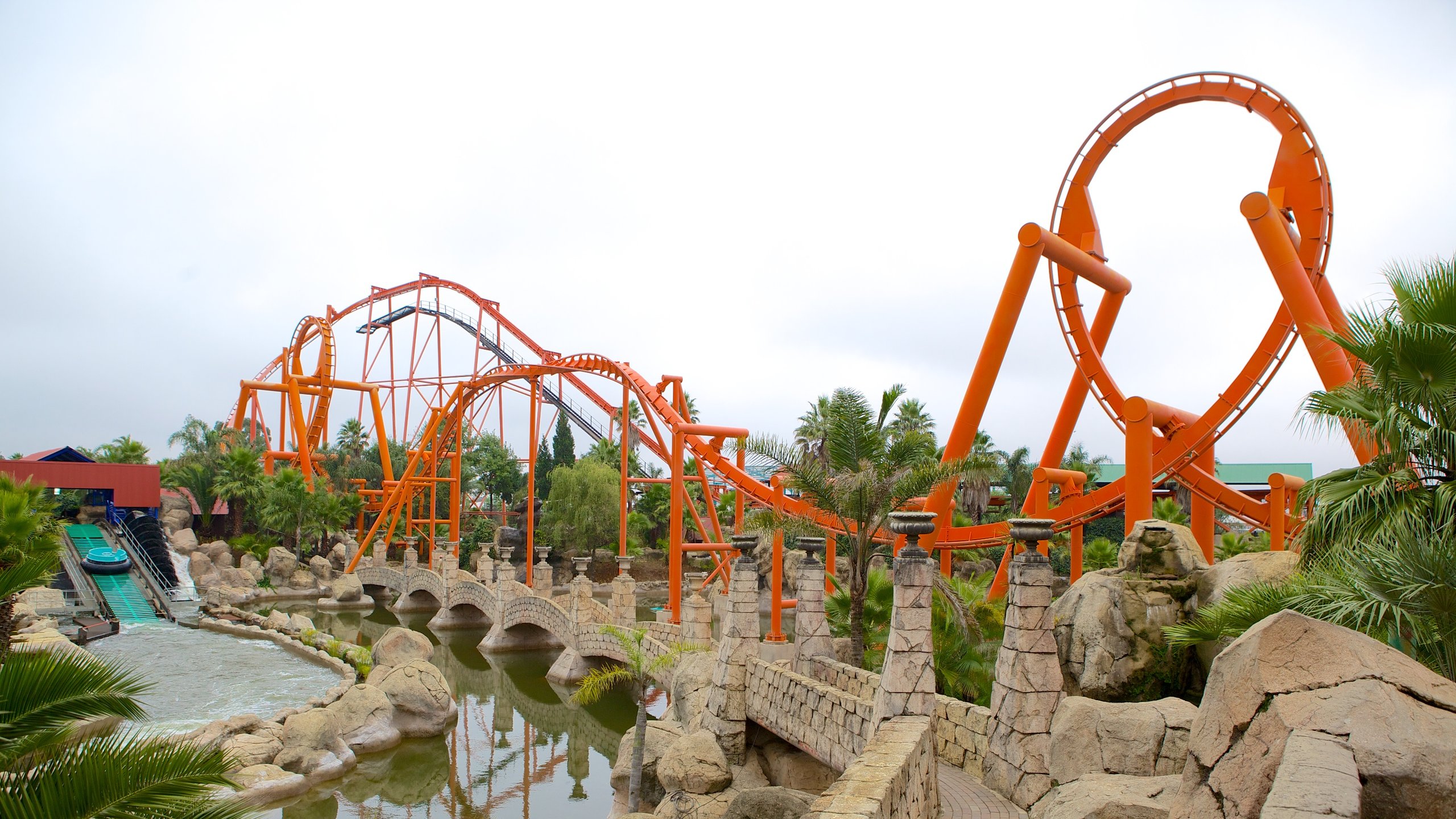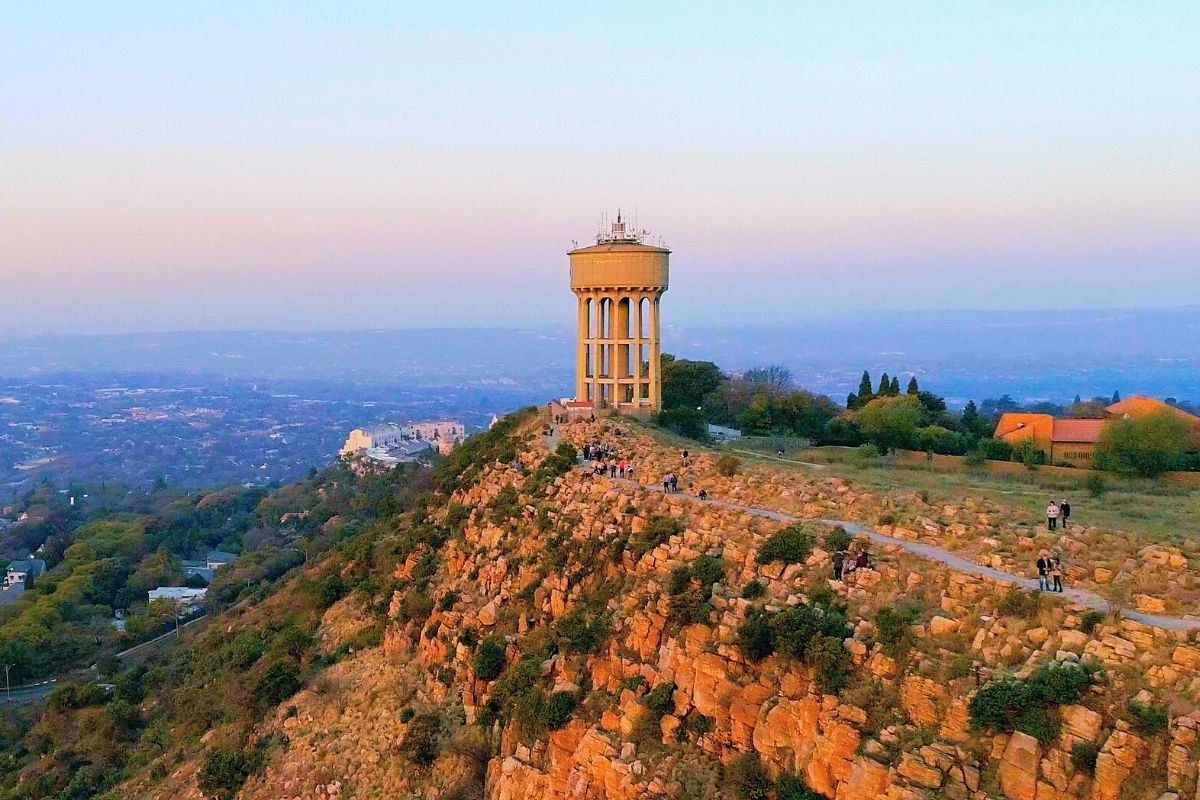Top Guidelines Of Johannesburg North Attractions
Top Guidelines Of Johannesburg North Attractions
Blog Article
A Biased View of Johannesburg North Attractions
Table of Contents3 Easy Facts About Johannesburg North Attractions DescribedJohannesburg North Attractions - An OverviewMore About Johannesburg North AttractionsJohannesburg North Attractions for DummiesGetting My Johannesburg North Attractions To WorkThe smart Trick of Johannesburg North Attractions That Nobody is Talking AboutSome Known Questions About Johannesburg North Attractions.
You should maintain safety and security in mind and travelers must stay sharp at all times when in strange surroundings. Talk to the citizens when you are in community to discover the area you are staying in. Johannesburg North attractions. When on the road (this does not put on shopping center and other safe and secure atmospheres) ideal general recommendations is to try your best to resemble a neighborhood and to prevent displaying any form of wide range
The 4-Minute Rule for Johannesburg North Attractions
Teacher Revil Mason O. J. (Thomson, 1946) explored the Witwatersrand's pre-colonial background. His archaeological job took off the 'em pty land' myth, according to which the area was without human habitation before the arrival of European settlers. In his magazines Prehistory of the Transvaal: A Record of Human Activity (1962) and Origins of Black People of Johannesburg and the Southern Western Central Transvaal AD 3501880 (1986 ), Teacher Mason demonstrated the level of social and economic growth in the area prior to Europeans set foot right here.

The Johannesburg North Attractions Ideas
In 1878, David Wardrop found gold in quartz capillaries at Zwartkop, north of Krugersdorp. In 1881, Stephanus Minnaar came across gold on the farm Kromdraai, near the Cradle of Humankind.
In March 1886, a protrusion (quickly to be called the Main Reef) was found, rather fortuitously, on Gerhardus Oosthuizen's farm Langlaagte. Some state that the Lancastrian coal miner George Pedestrian uncovered this coral reef. One more itinerant English prospector, George Harrison (who had formerly functioned in Australian mines) acquired a prospecting licence in respect of Langlaagte in May 1886.
He chose to relocate on in a pursuit for greener fields, and disposed of his Langlaagte case for the handsome sum of 10. Alas: underneath lay the richest goldfield ever found. The exploration of this abundant auriferous reef prompted a gold rush that signalled completion of agrarian tranquillity in the southern Transvaal.
It would certainly, within six years, come to be the largest community in southerly Africa. Within a decade, it would certainly make the Z. A. R. until after that an anarchical and insolvent little state the most affluent nation in Africa. By the turn of the century, the Z. A. R. was to go beyond Russia, Australia and the United States of America to come to be the world's leading gold producer, producing more than a quarter of the world's gold.
Rumored Buzz on Johannesburg North Attractions
It was called Ferreira's Camp, called after Colonel Ignatius Ferreira. He was a Boer adventurer upon whom the British authorities had bestowed the status of Buddy of the Many Differentiated Order of St Michael and St George (entitling him to the post-nominal letters C. M. G.) in thankfulness for his function in the war that had actually deposed the Pedi king Sekhukhune in 1879.
Quickly the camp was bristling with outdoors tents and wagons as newcomers arrived daily from everywhere. By September 1886, some 400 individuals resided in Ferreira's Camp, which quickly boasted prefabricated iron and wood buildings. 2 other camps were developed: Meyer's Camp on the farm Doornfontein, and Paarl Camp. The latter was nicknamed Afrikander Camp; many individuals from the Cape Colony worked out there.

Some Ideas on Johannesburg North Attractions You Should Know
This name got money by word of mouth, such that the State Assistant attested the name to the Mining Commissioner on 9 October 1886. Stands in the village were auctioned on 8 December 1886. While some stands were sold for 10, others were torn down for just sixpence.
2 years later on, these erven were to transform hands for as high as 750 each. The tented camps diminished as a dorp of corrugated iron buildings developed and increased north of the mines situated along the Main Reef Road. Locations such as Jeppe's Community (where working-class immigrants erected their dwellings) and Doornfontein (where the upscale brand-new 'Randlords' started to construct their opulent houses) were soon included in the special info ever-expanding map of the town.
An Unbiased View of Johannesburg North Attractions
Apart from the street names, there were no indicators of Johannesburg being situated in a Dutch-speaking nation., almost everyone spoke English and even the Federal government slaves dealt with one in English, unless they were initial dealt with in the Taal (or Low Dutch)'.
Britain had a passion in making certain optimal problems for gold production on the Witwatersrand, and that the gold was exported to London rather than Berlin a vital provided all the more clamant by the Z. A. R.'s enhancing toenadering with Germany. Mine owners got on a crash training course with President Kruger, whose policy of monopolistic giving ins (often granted to his cronies) prevented mining business from obtaining supplies of products (especially dynamite) and labour on their own, less expensive terms
Our Johannesburg North Attractions PDFs
In 1890, the Volksraad had actually limited the franchise business to white males that had actually resided in the Z. A. R. for fourteen years or longer, thus invalidating a lot of the immigrants (who took place to be the significant contributors to the fiscus). Anxiety for the vote was a plain pretext for promoting a various agenda; many uitlanders regarded themselves as short-term visitors and had no intention of staying in the Z.
Report this page